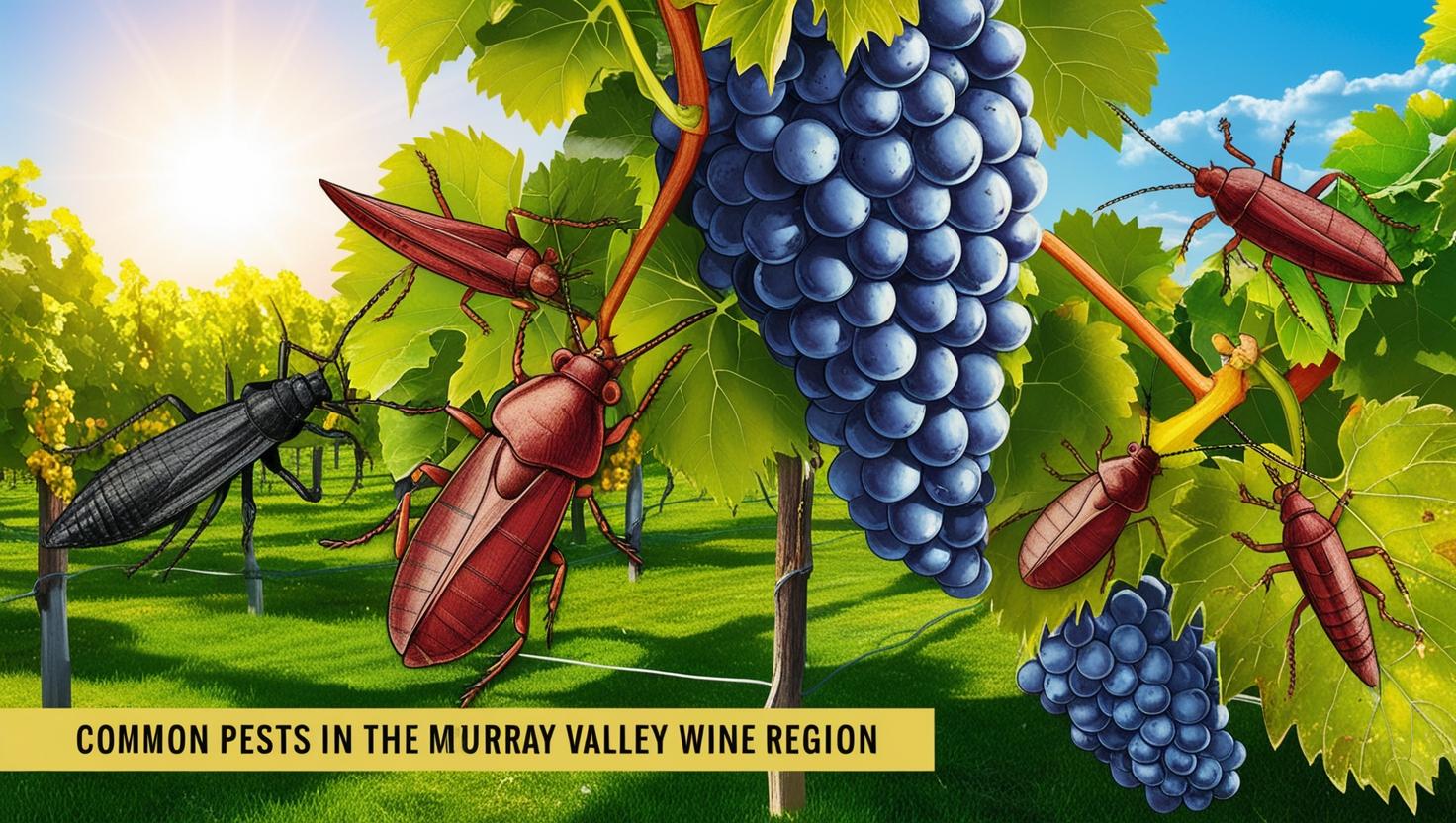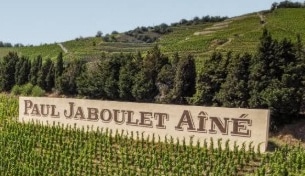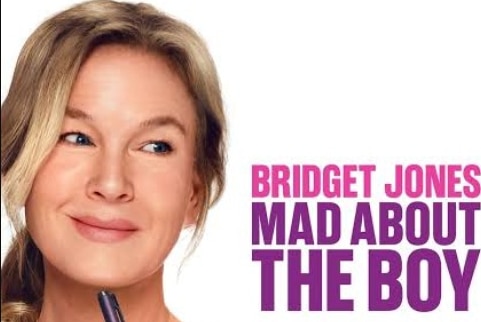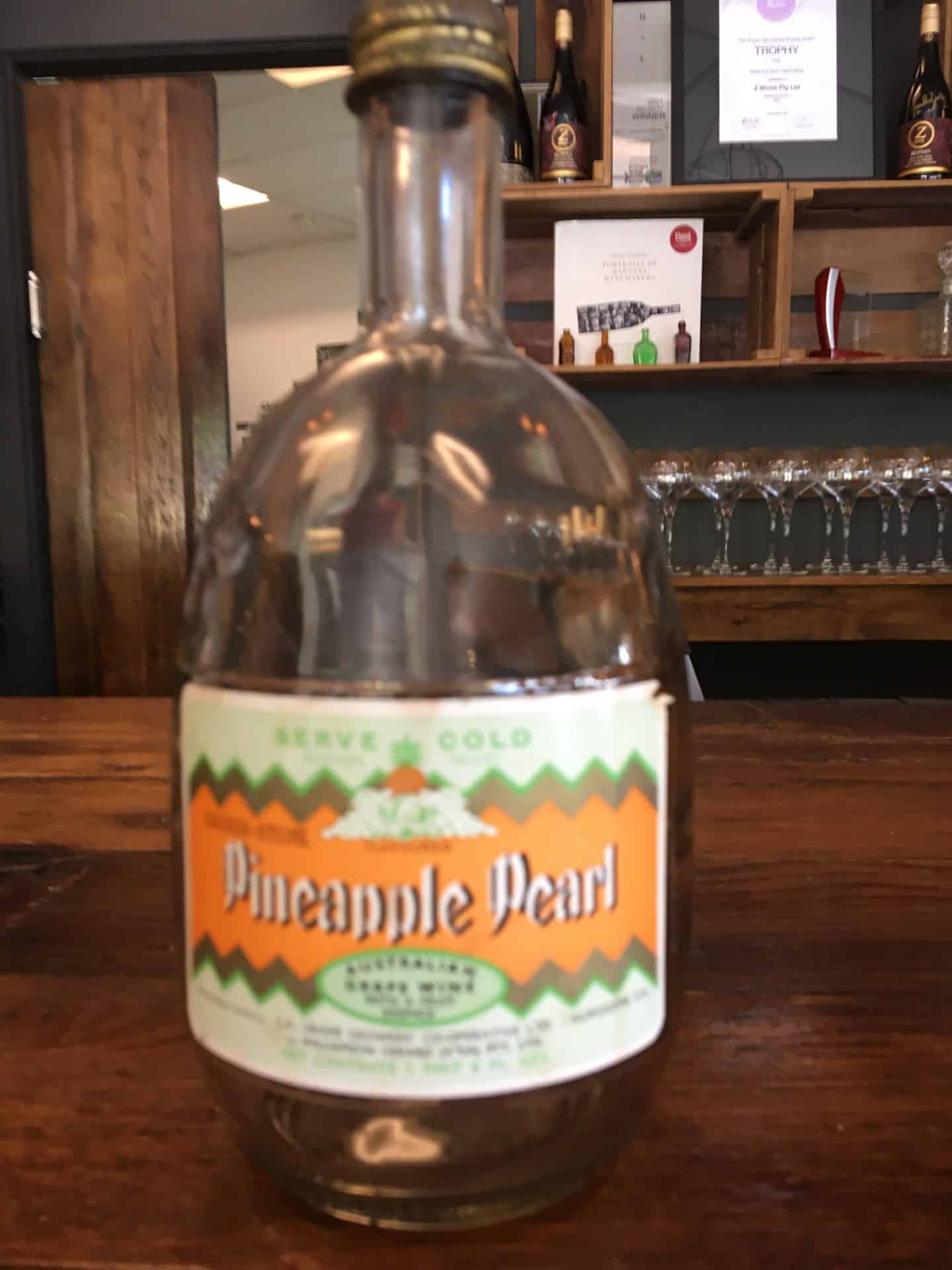For decades I have watched how those promoting and selling wine in Australia have grouped over subjective issues as diverse as taste, winery size and pricing. This has regrettably influenced consumers so tracing how this happened will help you avoid becoming part of any group. Recall the Glug agenda is for all drinkers to develop such a depth of understanding to enjoy all of the Worlds wines.To explain what and how opinions began to coalesce I’ll relate two stories.
In the early 1980s I attended a conference in Sydney for liquor store owners and one speaker was Peter Doyle of Doyles fish restaurant at Watsons Bay, Sydney. He discussed customer service; and touched on wine lists, pricing and wine service, essentials to delivering what the customer wants. At question time I cheekily asked why he did not stock well know wine brands, since being the best sellers, surely that is what customers would expect.
At about this time James Halliday, by then wine writer for The Australian, assembled a list of his top 12 boutique wines. I was troubled by the selections as the quality from small wineries back then was variable and few were as good as large company wine. Worse was the silly prices asked. I penned a letter with a challenge to score my listing of 12 commercially available wines costing far less against the boutiques.
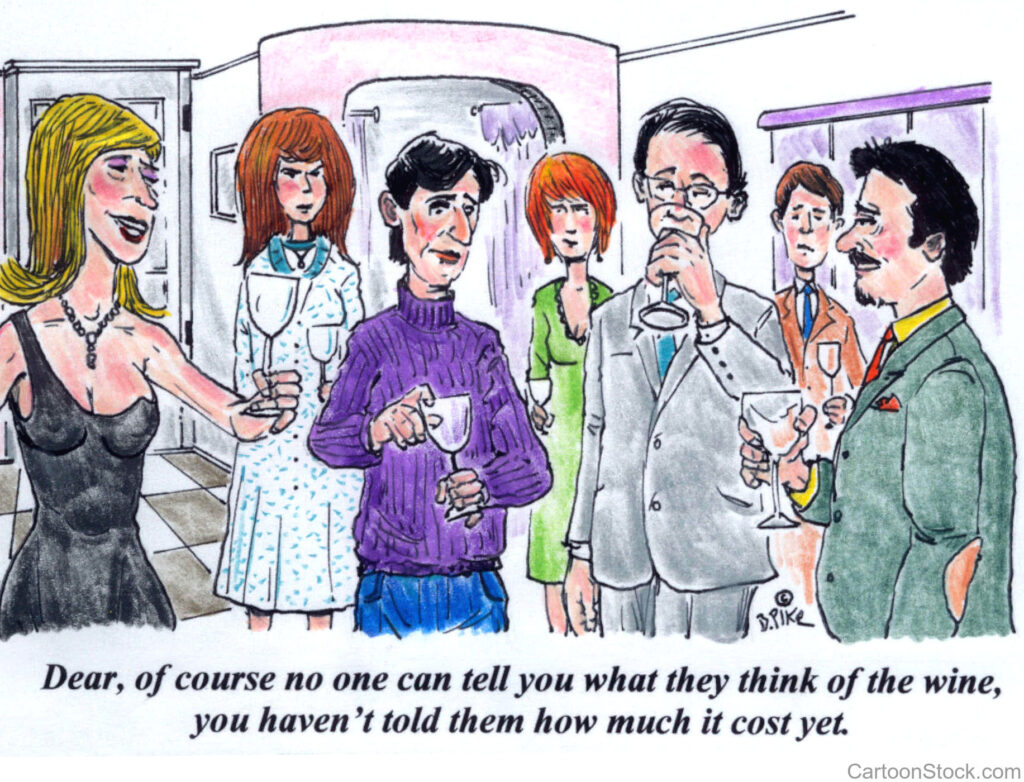
These stories lead to where we are today as by the mid-1990s two groups had formed.
1. Restaurants from the 1980s realised they had to create wine lists which could not be compared to wines readily available in shops as customers nagged them to death about why the prices were not the same. Giving the customer what they wanted was out the door.
2. The view began to develop that big company wines were not as good as boutique wines.
These divisions have continued to widen and todays grouping is rather more complex.
A) Restaurants have built the role of wine into the equal of food. This has developed a new service class of experts whose opinions and thus wine selections are often based on ideas well removed from what may be termed ‘traditional ideas of quality’.
B) The acceptance of boutiques as superior makers has upended the reason for being of most traditional companies-the exception being Penfolds though collector enthusiasm does not expand to restaurants.
C) There is a divide between cool climate, associated with elegance and finesse, and warm climate wines. The latter being viewed in expert classes as clumsy and now so yesterday. This is a great pity.
D) The unknown has replaced the known, meaning heritage and some familiar brand names are faltering.
I report these trends, so you are aware Glug observes what is happening, is constantly altering, while signalling we chase no fads. We set-up in the Barossa because we enjoy warm climate wines as do a large group of customers though will expand into cool regions as we grow.
In summary there are divisions aplenty in wine, entrenched groups have formed, an appalling certainty has grown in some areas which means you must stay alert to buy and drink well.


